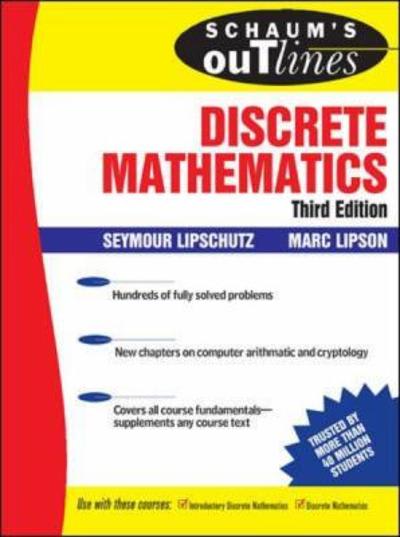
1. A study compared dierent psychological therapies for teenage girls suffering from anorexia, an eating disorder that causes them to become dangerously underweight. Each girl's weight was measured before and after a period of therapy. The variable of interest was the weight change, dened as weight at the end of the study minus weight at the beginning of the study. Two therapies were designed to aid weight gain, one of which is the cognitive behavioral therapy. This form of psychotherapy stresses identifying the thinking that causes the undesirable behavior and replacing it with thoughts designed to help improve this behavior. The changes of 29 teenage girls receiving the cognitive behavioral therapy in weight (in lbs) during the study were 1.7, 11.7, 1.4 0.7, 6.1, 0.8, 0 1, 1.1, 2.4, -0.7, 4.0, 12.0, 3.5, 20.9, 1.9, 14.9, 9 3, 3.9, 3.5, 2.1, 0.1, 17.1, 1.4, 15.4, 7.5, 0 3, 0.7,1.0, 3.7 The weight change was positive if the girl gained weight (which is desired) and negative if she lost weight. We want to test whether the cognitive behavioral therapy is effective to aid weight gain. (a) Using a calculator or R, nd the sample mean and the stande deviation of the weight changes. (b) Formulate the null and alternative hypotheses for testing whether teenage girls receiving the cognitive behavioral therapy have a positive mean weight gain. (c) Calculate the tstatistic and report the degrees of freedom. (d) Find [a range for) the pvalue and make a conclusion use a signicance level of 0.01. (e) What are the Type 1 error and Type 2 error respectively for the hypothesis test done in part (bd)? (f) Repeat part [b)(c)(d) but for testing whether the population mean weight gain is not [1, rather than higher than 0. (g) Find the 95% tcondence interval for p, where ,u. is the population mean weight gain of girls receiving the cognitive behavioral therapy. Based on the constructed interval, explain why it suggests that the true mean change in weight is positive, but possibly quite small. (h) Verify your computations in part (c)(d) (f) (g) with the R. commend t .test. cognitive = c{1.7,11.7,1.4,0.7,6.1,0.8,0-1,1.1,2.4,0.7,4.0,12.s,3.5,20.9, 1.9,14.9,-9.3,3.9,3.5,2.1,0.1,17.1,1.4,15.4,-7.6,-0.3,-0.7,1.0,-3.7) t.test{cognitive, alternative = "greater") t.test(cognitive, alternative = "two.sided")








